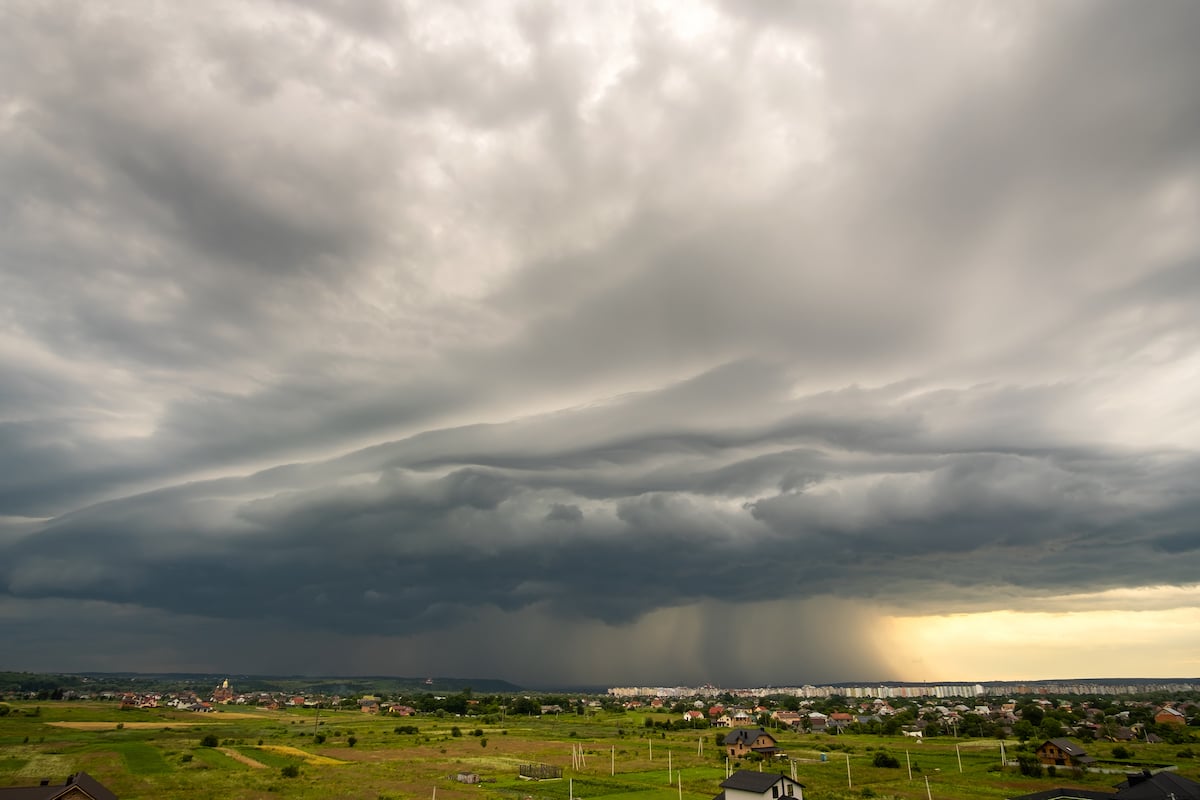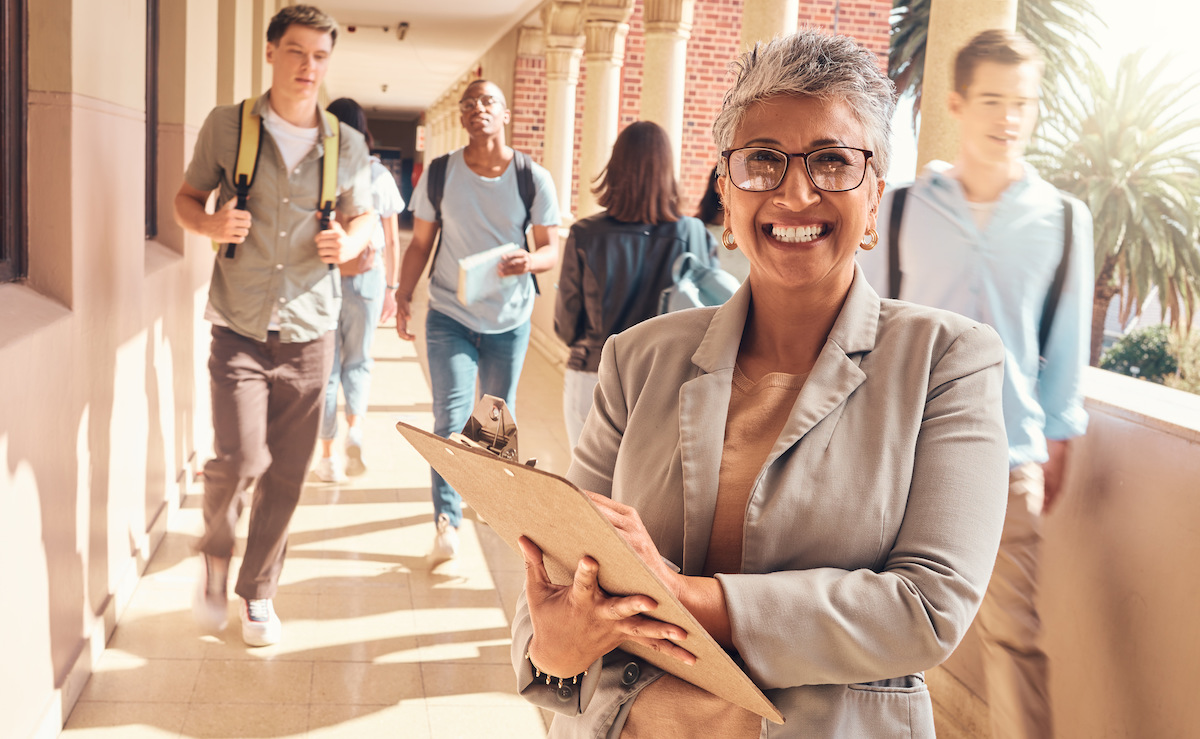It is in everyone’s best interest to have plans in place in your school to protect your students and teachers. These plans may include emergency and drill management, school safety teams, threat assessment teams, and more. Even with the best practices in place, you may still have threats from unpredictable natural disasters. By definition, natural disasters are catastrophic events with atmospheric, geological, and hydrological origins such as droughts, earthquakes, floods, hurricanes, and landslides. These natural disasters lead to disruptions in your day-to-day life such as power outages, property damage, and damage to major roadways. The type of natural disaster varies by region, but the steps you can take to prepare are the same.
Here are 5 ways to prepare your school for natural disasters:
- Have a school crisis plan.
Natural disasters can occur at any time, and it is important that you are prepared. All schools should have an organized, systematic emergency operations plan in place to reduce risks or prevent, prepare for, respond to and recover from a crisis situation.This plan can include training for school staff, a specific set of individuals on your school safety team, and detailed plans for recovery efforts. A digital emergency communications platform with data collection capabilities, alerting, and two-way communication will make handling a crisis easier for all. Establishing shared vocabulary with students, staff, parents, and first responders helps everyone to know what is expected of them in an emergency.
- Involve families.
To ensure that children are reunited with their parents or guardians accurately and quickly after a natural disaster, districts and schools should incorporate post-disaster reunification into their emergency management planning efforts. Information can be sent to families about evacuation zones and sites. Schools can share post-disaster reunification resources through handouts, emails, and websites. Specific details such as creating the resources in alternate languages and providing information about how the school will accommodate students with disabilities should be considered. Schools also should collaborate with first responders and community partners about post-disaster procedures to ensure the most successful results. There are several federal websites available that provide resources to your school to help with the reunification planning and process.
- Create critical incident response teams.
Some schools are creating critical incident response teams to provide resources to help stabilize the school community and work to identify individuals who might require long-term mental health services after a critical incident such as a natural disaster. These teams provide a holistic response following a critical incident as they include mental health professionals, but also educators, law enforcement, and more.
- Check your equipment.
Even with the best plans in place, your physical school building may still be vulnerable to damage from a natural disaster. The main hazard to any type of building during a hurricane or heavy windstorm is flying storm debris, which may quickly smash through regular or tempered glass, leaving the building vulnerable to wind damage, rainfall damage, and even flooding. Depending on your location, assess your storm damage risk and consider precautions such as installing sturdy shutters over your windows. Consider investing in flashlights, whistles, and generators in case of a power outage.
- Conduct Practice Drills.
It is always a good idea to run through your safety plans and to include the parents and community. In Texas, the City of Corpus Christi is holding drills to prepare for hurricane season. To ensure residents know the proper steps to take in an emergency, the city is working with local organizations, transit, emergency management and the school district. Volunteers will act as evacuees needing transportation to safe locations throughout the state. After going through the process, the city can update and improve their plans accordingly.
Your school can coordinate all of the above measures with a digital emergency communications platform, such as CrisisGo’s Safety iResponse. This platform can help you to reduce disruption to your daily routine after a natural disaster by giving you easy access to up-to-date data and safety plans. All of your safety team members can access the information, and you can have two-way communication with first responders. With the proper knowledge and disaster preparedness, we can save lives throughout any natural disaster. 











No Comments Yet
Let us know what you think